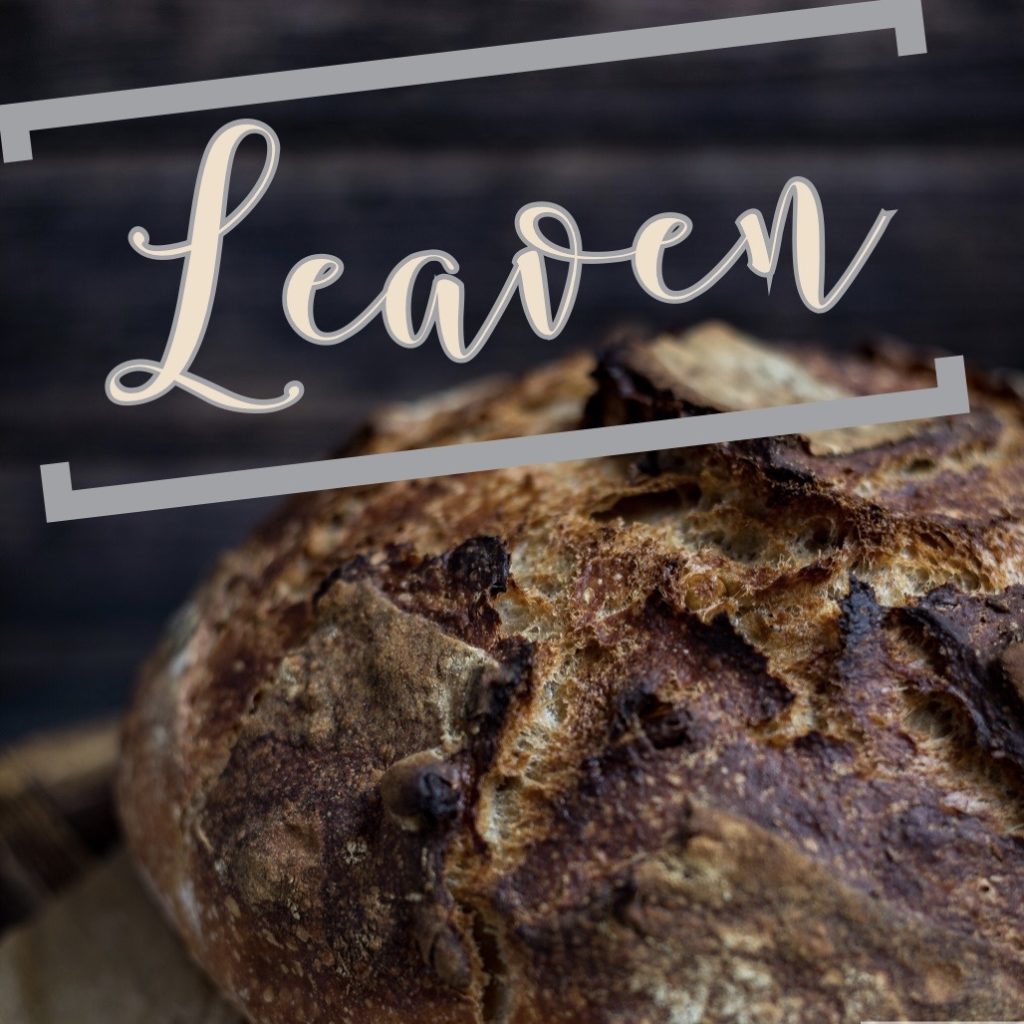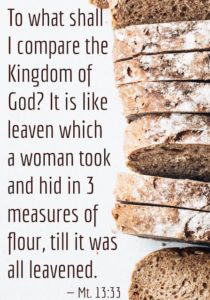By Mandy Menghini

My oldest, at the time, was about to enter Kindergarten when I first heard about Catechesis of the Good Shepherd. I knew I wanted to be a part of the program. I jumped immediately into training and spent several Saturdays away from my first three then-small children to begin training to be a Catechist. The idea was to spend time volunteering at school and spending time with my children. But the reality of my training and involvement with Catecheis of the Good Shepherd, or “CGS” as it is often called, was a life-altering, personal encounter with the Good Shepherd.
Catechesis of the Good Shepherd is too hard to explain here in these brief words. At its heart, CGS seeks to offer a setting and opportunity for Children to personally encounter the Good Shepherd, built on the relationship of the Father and Son first and foremost.


It was here in the library of Cure of Ars Parish, that I heard this simple, easily overlooked parable: “To what shall I compare the kingdom of God? It is like leaven which a woman took and hid in three measures of flour, til it was all leavened?”
In CGS, a Catechist is trained to ponder the scriptures with children through physical materials and exploration. When we present this parable, we measure two bowls of flour and water, and to one bowl, we add yeast. Putting the bowls aside in a warm place, we continue our time in the atrium, coming back to the bowls near the end of our time and discuss the “changes” that have taken place, seemingly without much interference but with a little time.
After presenting the children with the two bowls, I allow time for the them to make observations.
“It looks different.”
“This one smells different.”
“My mom uses this to make bread.”
“Wow. This one has grown, it’s bigger.”
“But how is leaven like the kingdom of God?”
Often, this question is met with silence because — really — how is this bowl of bubbly flour like the kingdom of God?
Okay, I understood that yeast changes things. It takes something that doesn’t really taste good – flour and water – and has the potential to change into bread.
It wasn’t until I had worked with this parable and the children many times for many years that I pondered the “potential” of the yeast. That, for me, was the part I was missing. Yeast only changes things when you apply a few other principles – heat, time, baking.
Was that the ingredient my personal relationship with the Good Shepherd was missing? Had I applied the “heat” to the yeast in my heart? To add warm water to the yeast is to activate it, to begin the process of growth. I need to activate the presence of Jesus in my heart every day. That means spending time in personal prayer, letting his word grow in my heart and begin to spread into my daily life of being a wife, mother, daughter and friend.
The yeast also needs time. Changes begin quickly – if you have ever proofed yeast to make bread – you can see the work within just a few minutes, but to make bread, to make something that smells, tastes, and satisfies, takes much more time – hours, days and even years in the case of sourdough.
The yeast in my heart began slowing growing that day in training. The yeast has been present in me since my Baptism but hasn’t always been given the heat (prayer) and time (virtue) that it needed to be made into bread.
My loaf of bread is certainly a work in progress, it’s probably still on it’s first rise if I am honest with myself. My bread is taking care of my family during these long days a home, cultivating our domestic church but more importantly cultivating a personal relationship with Jesus, the Good Shepherd, in my own heart. Without yeast, my bread has no hope of tasting yummy. Focus on your own yeast, and your home will have the smell of fresh bread too!
What are you doing to “turn up the heat” and “activate” Jesus’s presence in your heart?

